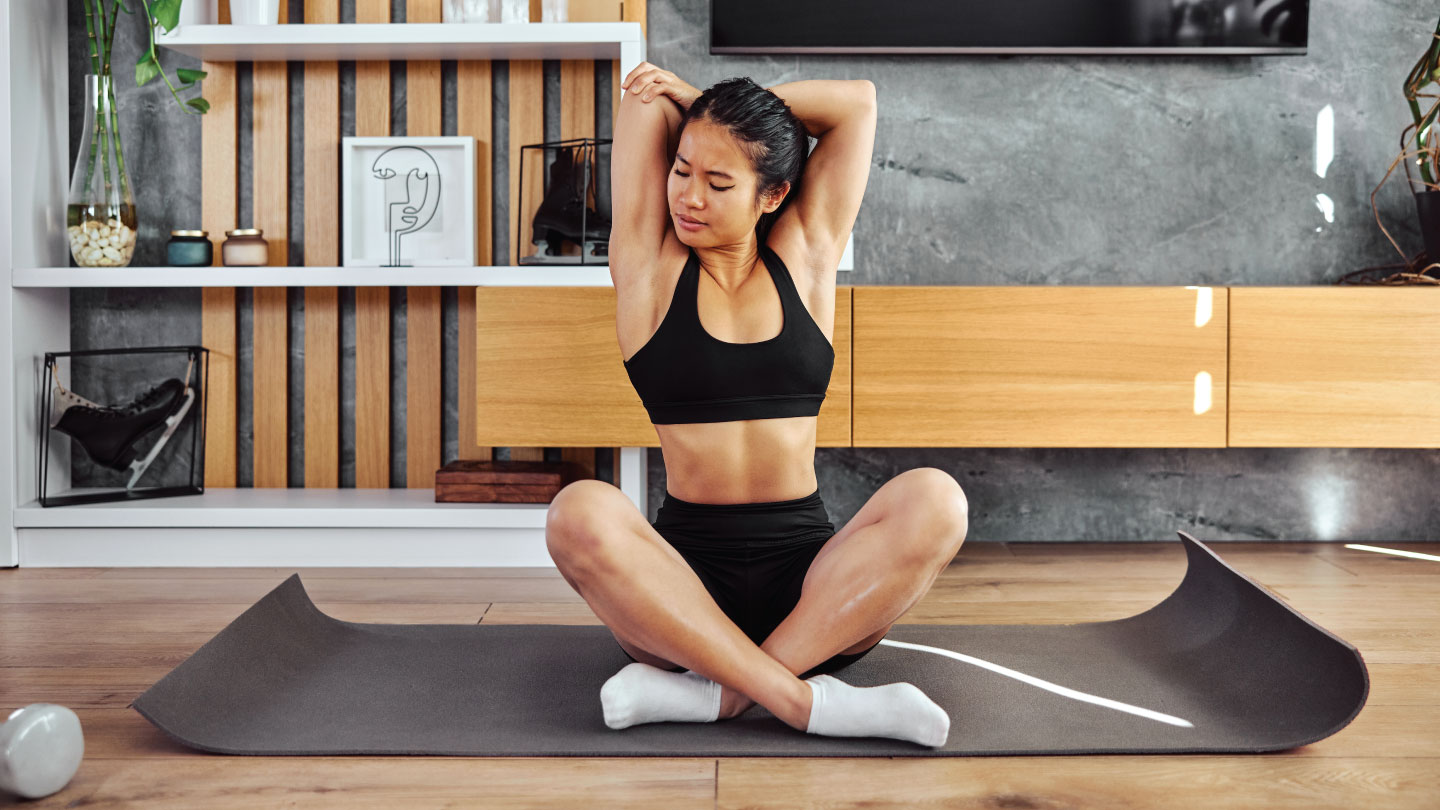Movement
4 Easy Steps To Perfect The Plank
Plank or Kumbhakasana improves posture, core and arm strength, develops balance and flexibility. However, it is common to misalign this posture. Learn how to master this powerhouse of an exercise.

Kumbhakasana or famously known as the plank engages more than 20 muscles including your shoulders, back, arms, legs, and glutes. Even better reason too add a plank to your workout is that the move allows you to work your core without the risk of hurting your back or over stressing your hips, shows a paper published in Gait and Posture Journal, 2017. Although, many things could go wrong such as over-stretching the muscles or joint pain if it is not performed the right way.
When you perform the plank properly and regularly, it helps target the core muscles and give them a good burn and in turn builds muscle strength. Further, it helps to improve body alignment, metabolism, and flexibility. Most importantly we know that all kinds of exercises release endorphins (the happy hormone). Planks are extra special because they lift the mood by engaging the stress corners of our body.
Related Story: How to Perfect the Downward Dog?
Use this step by step guide to do the perfect plank.
1. Get on the floor and place your hands under the shoulder but slightly wider.
2. Touch your toes to the floor and squeeze your glutes. Brace your core and lift your body up.
3. Keep your head and neck in line with your spine. Make sure your chin is not digging into your chest. Look at a spot on the floor that is about a foot in front of your hands.
4. To begin with, hold this position for 20 seconds. As you get comfortable you can extend the time gradually.
Related story: How To Get Your Fitness Groove Back - Tips From Celebrities
Variations of a Plank
1. Forearm plank: This is a slightly easier version of the standard plank where you perform the plank by resting on forearms and bending the elbows.
2. Knee plank: This is an easy plank variation for people with back pain and beginners. Here, we can place the knees on the floor for more support.
3. Side plank: This is an advanced level of plank that engages your side core muscle that is your external and internal obliques. While doing this plank, you have to lie on the side with one leg stacked on the other. Following that prop your body up with your hand and hold the position.
4. Single leg plank: This is to increase the intensity of the core engagement during the plank. It's the same position as a standard plank but lifting one leg.
Related Story: Better Posture, Better Back:Yoga for a Healthy Spine
Common Plank Mistakes that Should be Avoided
1. Pushing your feet forward while holding the position.
2. Arching your back during a plank will put pressure on the spine.
3. Lowering your back will lessen the strain on core muscles but increase the strain on lower back.
4. Looking straight ahead or up will put pressure on your neck and deform the posture.
EXPLORE MORE
A home-based yoga routine can elevate energy, sharpen focus, and nurture mental calm. Discover why it’s worth starting now.
Your posture is whispering a story about stress, screens, and slouching. Here are 6 exercises you must try!
In a world addicted to speed, Shavasana is proof that true regulation begins when you slow down. Discover how this humble pose is the simplest solution to the chaos within you!
When your thoughts won’t slow down, these yoga poses teach your body to stay present in the moment.








.jpg)
.jpg)
